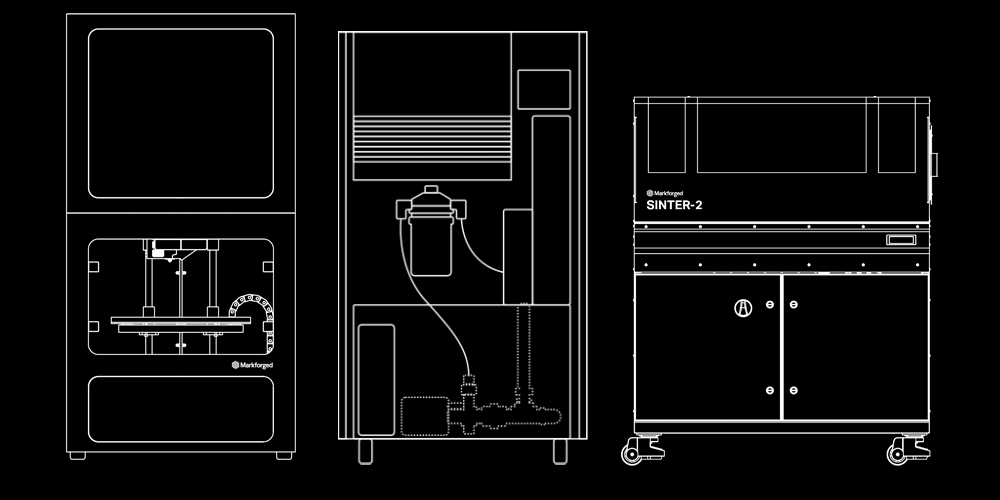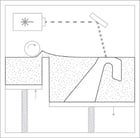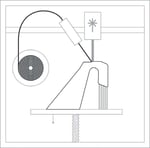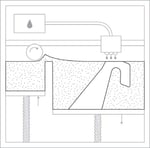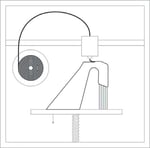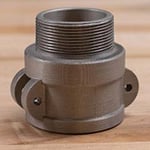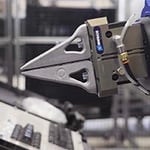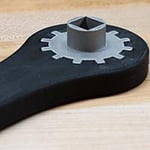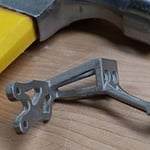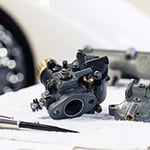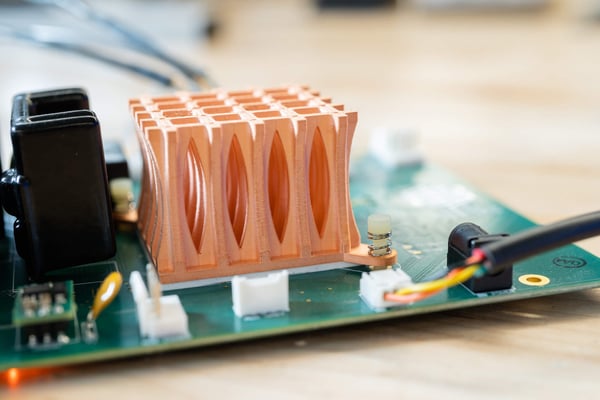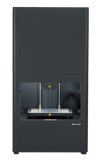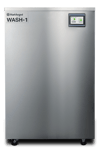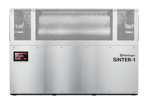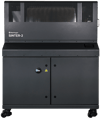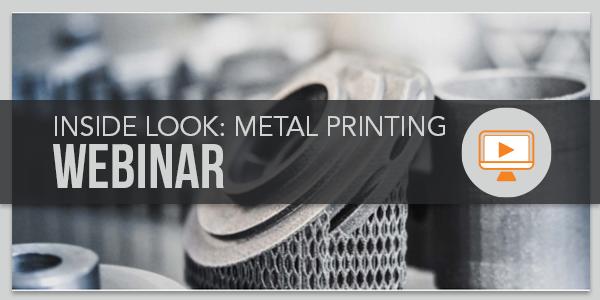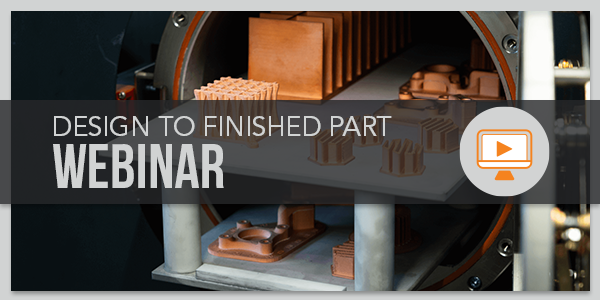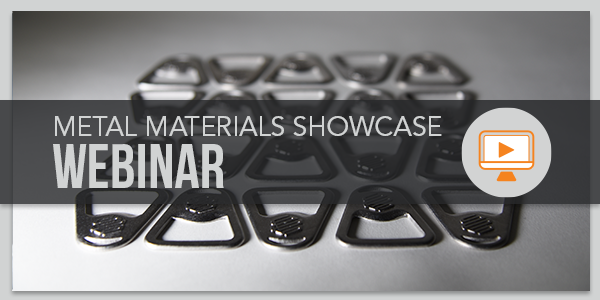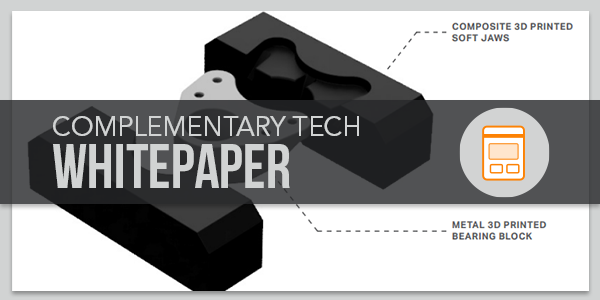Geometric Freedom
With metal 3D printing, you are no longer limited by traditional manufacturing constraints. Compared to subtractive CNC machines, additive manufacturing is more adept at curved, natural shapes and intricate geometries. Metal printers are uniquely suited to fabricate these parts, meaning complexity adds no cost. Parts that with other methods require complicated machine setup and excessive material removal can now be produced layer-by-layer with little effort.
No Tooling Required
Most traditional metal fabrication methods (such as metal casting) require tooling or fixturing, but this is not the case with 3D printing. Tooling costs often make low volume jobs cost-prohibitive. With metal 3D printing, manufacturers can limit bandwidth issues and overhead costs associated with tooling, producing low-volume parts quickly and affordably.
Produce Parts Without Detail Drawings or CAM
Machined parts require drawings, CAM or both, while 3D printed parts do not. Most 3D printers also require minimal human oversight - simply orient your part, then select materials and basic print settings and the machines automatically produce the parts from your files. You can quickly get from the design to the finished part with less labor.
Get Products to Market Faster
Metal additive manufacturing was built to accelerate product development. Automation and the lack of drawings and CAM are just a few ways that 3D printing of metal parts helps you get to market faster. Additionally, it can reduce or eliminate manufacturing bottlenecks like inefficient workflows, third party manufacturers, complex purchasing processes and excessive wait times between part iterations.

